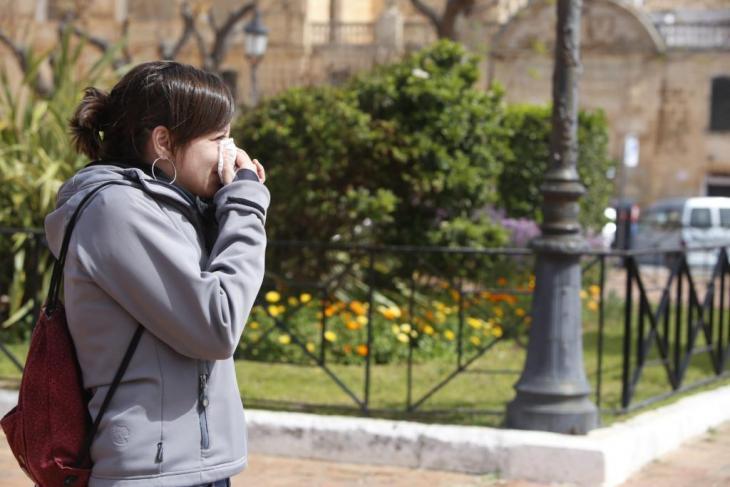"The forecasts are not great, although things will be milder than in parts of the mainland. The lack of rain means that we have a higher concentration of pollen suspended in the air. When it rains, the pollen gets wet and falls to the ground. Also, the lack of precipitation causes there to be a greater accumulation of pollutants, such as nitrogen dioxide. This, by uniting with pollens, creates an even more allergenic molecule."
For those allergic to pollens, the symptoms are familiar ones - "nasal, ocular and, in some cases, bronchial". "Spring is when the pollination of grasses, trees and weeds coincides, although there are pollens that also pollinate outside of this season."
The most frequent allergy in the Balearics is to house dust mites. This is due to environmental factors - temperature and humidity. Dr. Chugo explains that humid coastal areas of Spain and the islands have the highest concentrations of mites. Allergic sensitisation to mites is consequently that much greater - 67 per cent of allergy sufferers in the Balearics as opposed to a 43 per cent national average.
As for pollens, allergy to parietaria (or pellitory or lichwort), olive tree and grasses are the most frequent.
Dr. Chugo adds that approximately 30 per cent of the Balearic population suffers from some allergic disease, and she points to studies which indicate that by 2050 almost half of the population will have some type of allergic problem.


No comments
To be able to write a comment, you have to be registered and logged in
Currently there are no comments.